Since 1950, there have been conflicts about the formation of Osun. Traditional leaders and residents of the Osun Area petitioned the British Colonial Administration in Nigeria for autonomy for Osun Division, with Osogbo proposed as the headquarters, at the time the current senatorial districts of Osun West, Central, and part of Osun East were subordinate towns under the administration of the Ibadan District Native Authority.
Thus, Osun State is one of the states in Nigeria that is located in the western part. In 1991, the eastern section of Oyo state was split off to form Osun state. The northeastern state of Kwara, the eastern states of Ekiti and Ondo, the southern state of Ogun, and the western and northwesterly states of Oyo are its borders.
Osun State, whose capital city is Osogbo, is said to have been created from Oyo State. History has it that the state derived its name from the Osun river, one of the most recognized grooves in the world, said to have the manifestation of the Yoruba goddess.
In this piece, Naijabiography narrates the history of the Osun State, including the culture, religion, and political structure of the state.
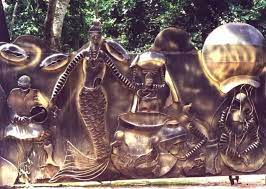
History
Osun State was created on August 27, 1991, in the southeast of Oyo State and is named for the River Osun, a crucial river that flows through the state. This is why the state is inhabited by the Yoruba people, mainly of the Ibibio, Ifẹ, Igbomina, Ijesha, and Oyo subgroups.
The region that is now Osun State was divided up into many Western Yoruba states during the pre-colonial era; some of these states were town-based, while others were a part of bigger empires like the Oyo Empire.
However, the western Yoruba states participated in the Kiriji War, which was fought between 1877 and 1893 between eastern Yoruba groups and western Yoruba groups. The war was settled through British mediation before the region was colonized and added to the British Southern Nigeria Protectorate, which later merged into British Nigeria in 1914.
The area that is now Osun was a part of the Western Region after the country gained independence in 1960 until the region was divided in 1967, at which point it became a part of the Western State. The Western State was divided in 1976, and the western portion was created as Oyo State. Thus, Oyo State’s eastern portion was severed fifteen years later to become Osun State.
Before the creation of the state, and in order to achieve their primary goal (which is to be independent), they continued to push this agenda in 1951, when the Colonialists established a Commission of Inquiry, chaired by H.L. Butcher, whose main task was to look into the conflict between Chief Salami Agbaje and Olubadan-in-Council in the Ibadan District Native Authority.
On August 27, 1991, the administration of Gen. Ibrahim Badamosi Babangida founded nine states, with Osun being created out of Oyo State with Osogbo as the capital. This was a recompense for the tenacity and perseverance of the founding fathers and crusaders for the creation of Osun. It was a hope realized and a dream realized.
However, Osun strengthens the history of a people that battled and prevailed in the war for its founding because of their desire for freedom, self-actualization, tenacity, and optimism for a better future. It was a hope realized and a dream realized.
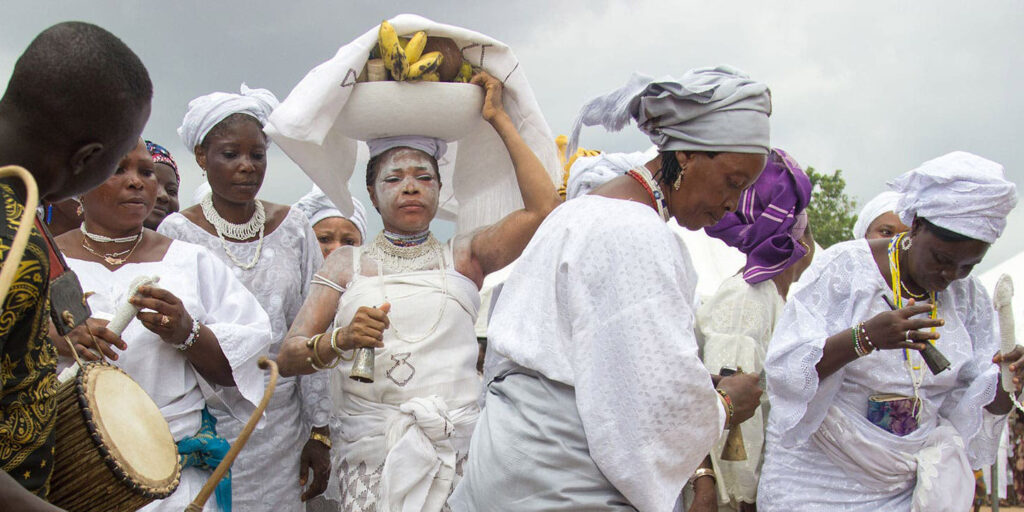
Territory
Geographically, the state is divided between the drier Guinean forest-savanna mosaic in the north and the lowland forests of Nigeria in the majority of the state. The state’s namesake, the River Osun, which bisects the state’s interior before forming a large portion of the state’s southwestern boundary with Oyo State and flowing south, is one of the significant geographical features.
The Erinle and Oba rivers, which are also Osun tributaries and flow from the north before meeting the Osun around the southwest border, are two other significant rivers. The Mona monkeys, common kestrels, purple herons, and royal antelope are among the state’s fauna, as are some of Nigeria’s last remaining Nigeria-Cameroon chimpanzees and African forest elephants, which live in the gravely endangered woods along the state’s southern borders with Ondo and Ogun.
The former capitals of the kingdoms of Ila Orangun, Iragbiji, Ikirun, Oke-Ila Orangun, Ijebu-Jesa, Ede, Iwo, Ejigbo, Ibokun, Ode-Omu, Otan Ayegbaju, Ifetedo, Esa-Oke, Ilesa, Okuku, and Igbajo are among other significant cities and towns. In addition, Osun State is renowned for having the second-highest literacy rate in the nation.
People and Culture
With an estimated 4.7 million residents as of 2016, Osun is the ninth-smallest by area and the nineteenth-most populated of Nigeria’s 36 states. Thus, the Yoruba ethnic group, particularly the Ibibio, Ife, Igbomina, Ijesha, and Oyo subgroups, make up the majority of the population in Osun State.
People from all over the world come to the yearly Osun-Osogbo festival in August to worship Osun, one of the Orisa (the traditional deities of the Yoruba people). The visitors include Brazilians, Cuban, Trinidadian, Grenada, and citizens of other American countries with sizable Yoruba cultural legacies.
Along the banks of the river that bears her name, which, in the tradition of the Yoruba Oratory, the Osun goddess converted into, are held annual traditional celebrations and invocations of the goddess. The Sun-Sogbo Grove, a significant artistic hub and the site of the deity’s annual ceremonies, was listed as a World Heritage Site in 2005.
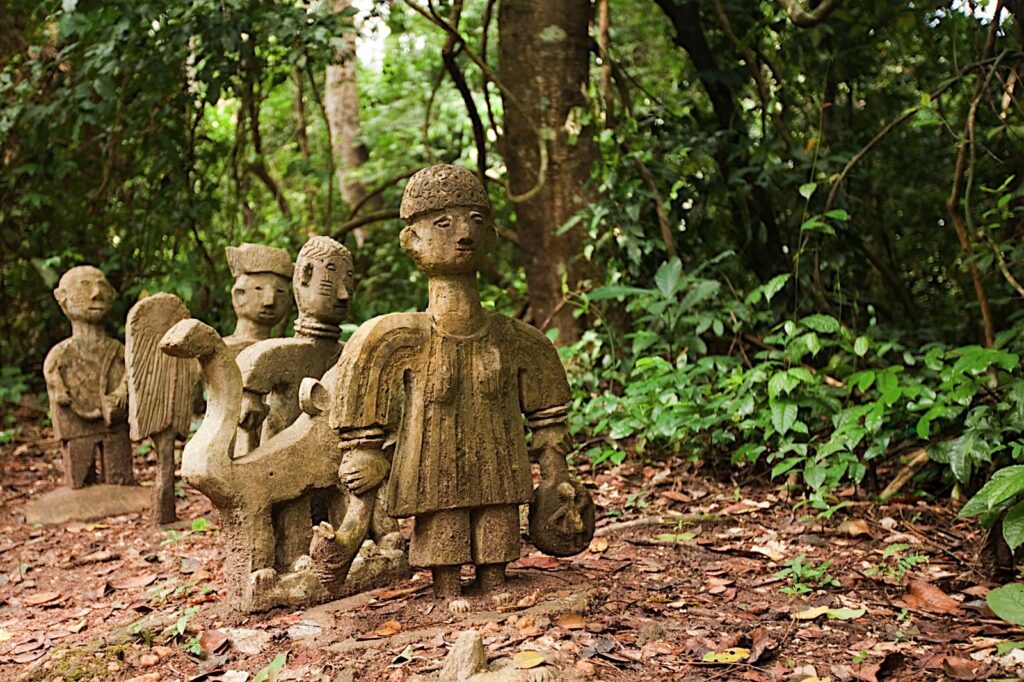
Economy
Agriculture is the principal industry of Osun. Yams, cassava (manioc), corn (maize), beans, millet, plantains, cocoa, palm oil and kernels, and fruits are among the major crops. Wood sculptures, woven textiles, and brass crafts are all produced in cottage industries. The state capital of Oshogbo has a steel rolling mill, a food processing facility, and a textile business.
Furthermore, services, particularly in urban areas, artisanal mining, and livestock herding are additional important industries. In addition, Osun State is endowed with some mineral resources such as Gold, Granite, Columbite, Talc, Tantalite, and Tourmaline.
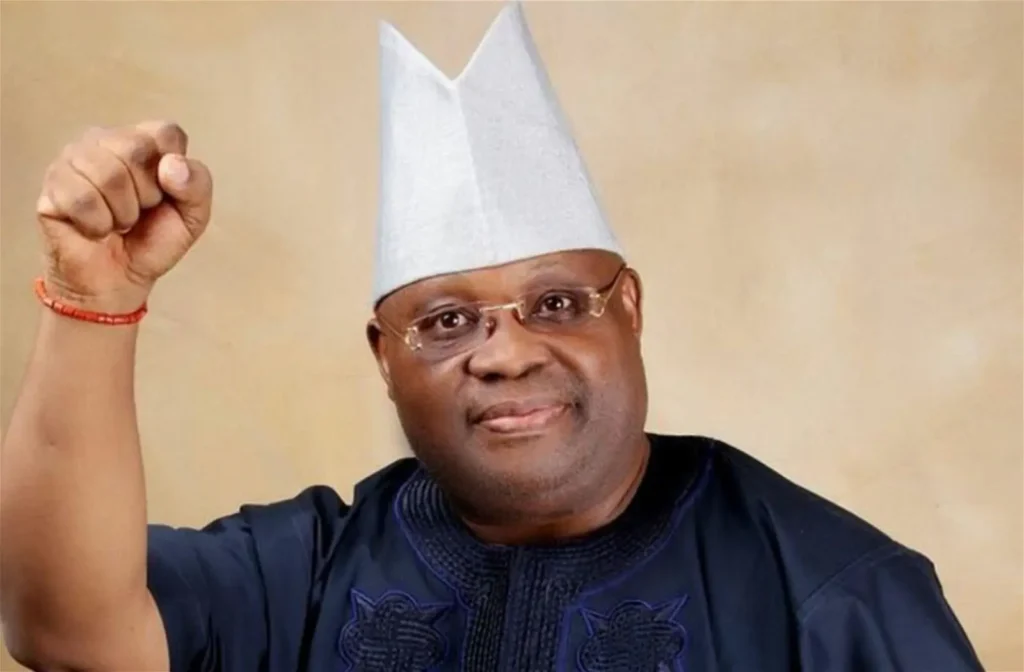
Religion
Osun State, which was formed in August 1991 from the former Oyo State, has a sizable Muslim and Christian population. Among the well-known religious figures from Osun State are Pastor (Dr.) Johnson Ade Odewale of the Christ Apostolic church, Calvary Assembly from Odeomu, who is based in Boston, USA, and Muslim cleric Sheikh Dr. Abu-Abdullah Adelabu of London, who is from the state’s capital city, Osogbo.
Pastor E.A. Adeboye, who is well-known, is from Ifewara in Osun state. among others, Pastor David Oyedepo. Through the Pilgrims Welfare Boards, in particular, the Osun State government asserts that it provides services to both Christians and Muslims in the state.
However, some people in Osun State still practice the traditional religion. One of the prominent places that best explains people’s interest in traditional religion is the Osun-Osogbo groove.
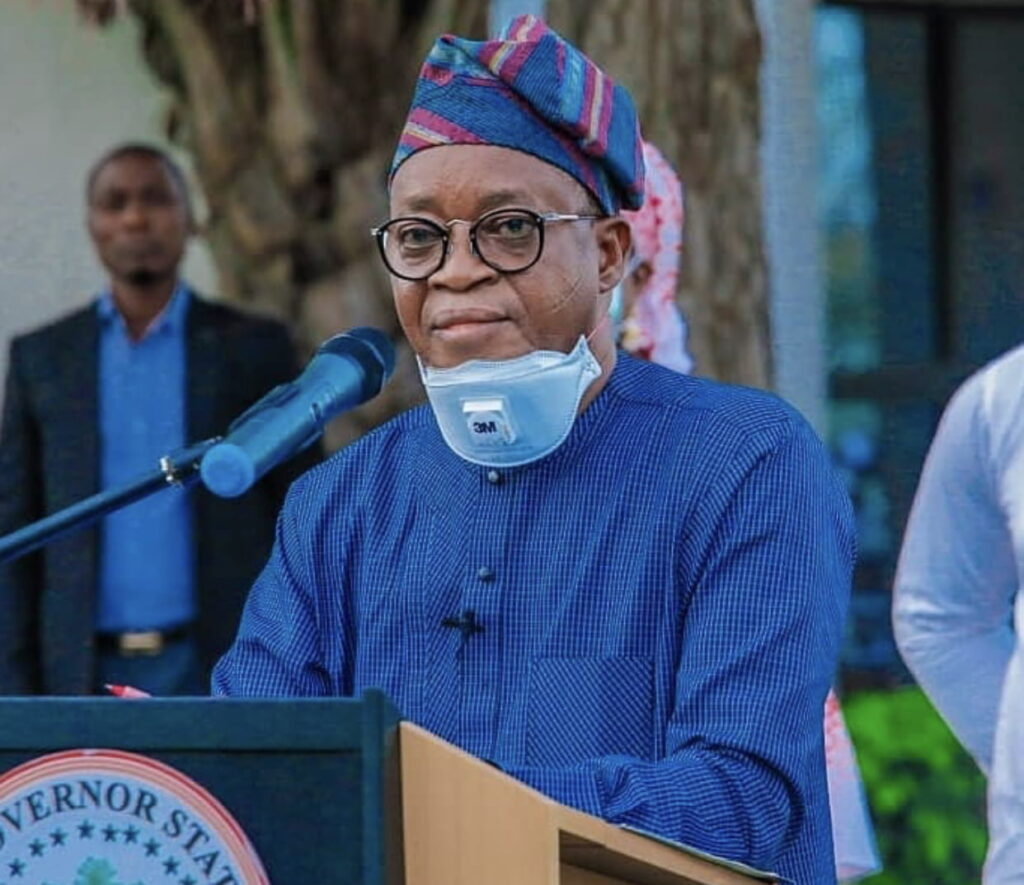
Political Structure
The current governor of Osun State is Adegboyega Isiaka Oyetola, who contested the Osun State gubernatorial election on the platform of the All Progressives Congress (APC) on September 22, 2015, and he was declared winner on March 23, 2019.
Also, it is noteworthy to state that the Governor-elect for the election held in 2022 is Senator Ademola Adeleke, who won the election under the banner of the People’s Democratic Party (PDP).
Osun State is divided into three federal senatorial districts, each with two administrative zones. Furthermore, the state has thirty (30) local government areas. Some of the local governments include Aiyedaade, Aiyedire, Atakunmosa East, Atakunmosa West, Boluwaduro, Boluwaduro, Boripe, Ede North, Ede South, Egbedore, Ejigbo, and Ifedayo, among others.
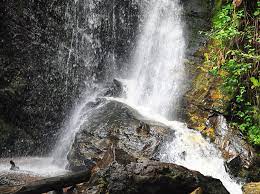
Modern-Day Osun State
Several of Nigeria’s most well-known sites may be found in Osun, including the campus of Obafemi Awolowo University, one of the country’s top universities. Also, Ile-Ife, a historic early hub of political and religious development for Yoruba culture, is home to the university.
Due to the Yoruba people’s rich history and cultural foundation, the state of Osun is home to numerous tourist attractions. A location regarded as a heritage site is the Osun River. It is situated along the Osun River and is the residence of Yemoja, the fertility goddess.
Erin-Ijesha is the home of the waterfalls. It is a tourist destination that is close to Oriade. There are seven storeys in the fall.
Osun State has some modern institutions such as Adeleke University, Ede, Federal Polytechnic, Ede, Obafemi Awolowo University Ile-Ife, Osun State College of Technology, Osun State Polytechnic, Osun State University, and Bowen University Iwo, among others.
There are some prominent individuals whose state origin is Osun Stae. Some of these notable people include Enoch Adeboye (General Overseer, Redeemed Christian Church of God), Gbenga Adeboye (musician, comedian and radio presenter), Isiaka Adeleke (politician and former Governor), Chief Adebisi Akande (former Governor of Osun State), Davido (musician), Daddy Freeze (radio presenter), Bola Ige SAN (politician and lawyer), W.F. Kumuyi (General Overseer, Deeper Life Christian Church), Prince Olagunsoye Oyinlola (former Governor of Osun State), Iyiola Omisore (politician and engineer), Sen. Ademola Adeleke (2022 Governor-elect), among others.






Comments
Bashiru
3 years agoI love the story